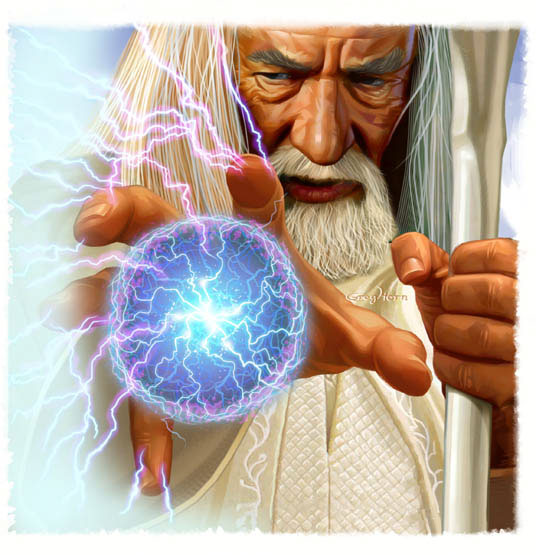Resistance - That property of a
material that impedes the flow of
electrical current, reduces voltage and
dissipates power in the form of heat in
an electrical circuit. The unit of
measurement for resistance is the OHM
which is defined as the resistance
required to maintain an electrical
current of one AMP at One Volt.
1 OHM = 1AMP @ 1VOLT
The electrical symbol for resistance is
the Ω
or the Greek Letter
'Omega'.
Resistor- The Reference designator for the resistor
per ANSI Y32.2 is R
One Thousand Ohms is
abbreviated with K as in Kilo-Ohms
(10K = 10,000 ohms)
One Million Ohms is abbreviated
with M as in Meg-Ohms (100M =
100,000,000 ohms)
Resistors are available in Axial, Radial,
Power D-PACK or TO-220, SIP arrays, SMT
Chip packages and thick film embedded
resistors that are screened or imaged
into a printed circuit. Axial
leaded carbon composition resistors come
in 1/10W, 1/8W,1/4W, 1/2W, 1W, 2W 5W, 10W
sizes... sized for the watts of power
they can dissipate without being
destroyed by the heat they generate.
Some sources for resistors would be
Bourns,
Dale,
SRT,
Rohm,
Caddock... there are many.
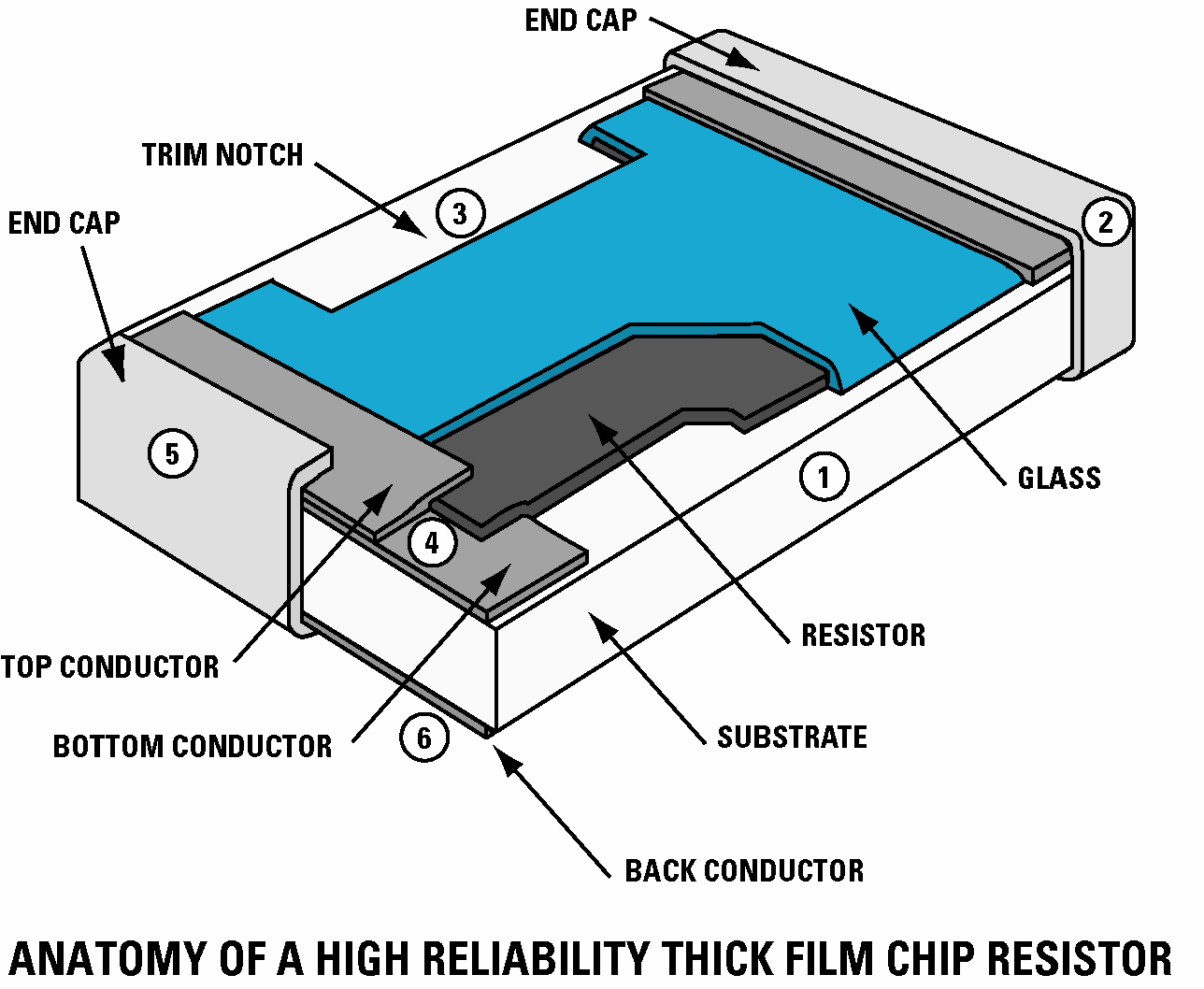
Resistor Schematic Symbol
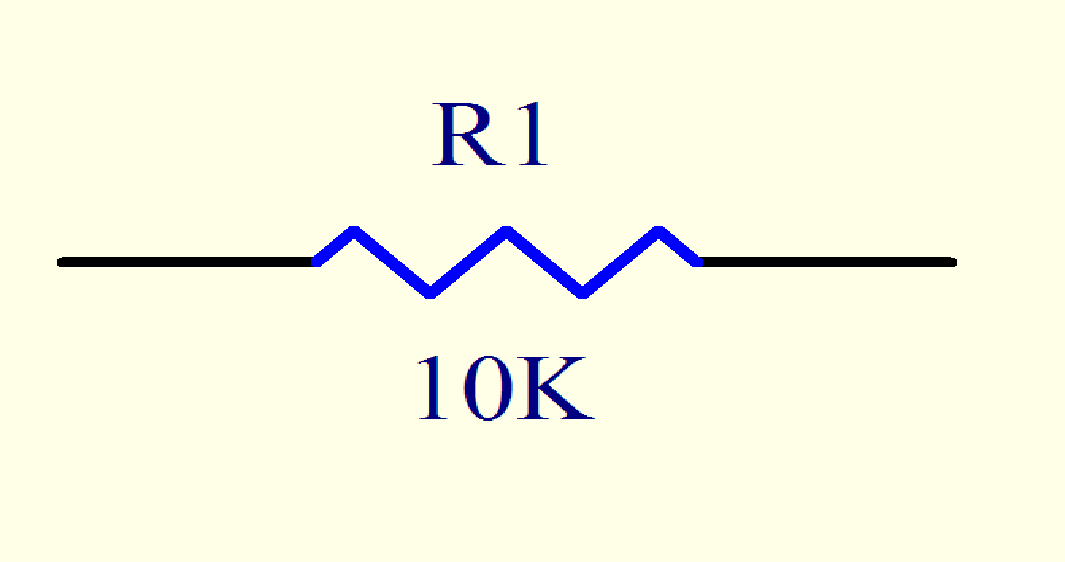
Resistor Color Code - A code for
determining the value in Ohms of an axial
leaded resistor.
See the Graphical Resistance Calculator -
http://www.dannyg.com/examples/res2/resistor.htm
Black = 0
Brown = 1
Red = 2
Orange = 3
Yellow = 4
Green = 5
Blue = 6
Violet = 7
Gray = 8
White = 9
None = 20% Tolerance
Silver = 10% Tolerance
Gold = 5% Tolerance
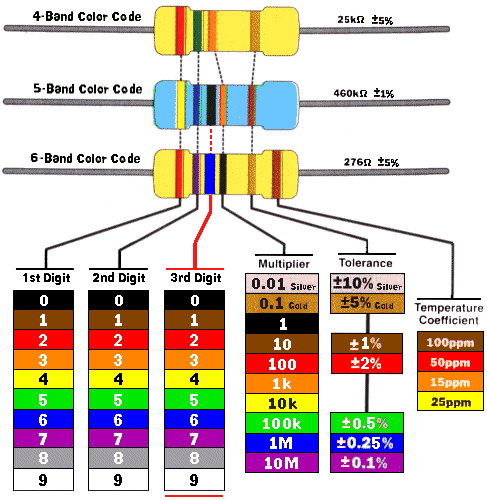
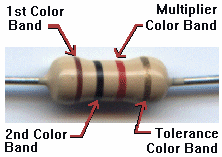
RG cable - or coax as we
know it, was developed by Bell
Laboratories during WWII. Aircraft radio
systems that required long-wire antennas,
like for example long range bombers, needed a
method to route the signal to either the
belly or tail mounted long-wire reels
without radiating within the fuselage.
Bell Labs developed it and called this
new cable
Radio Guide or "RG".
